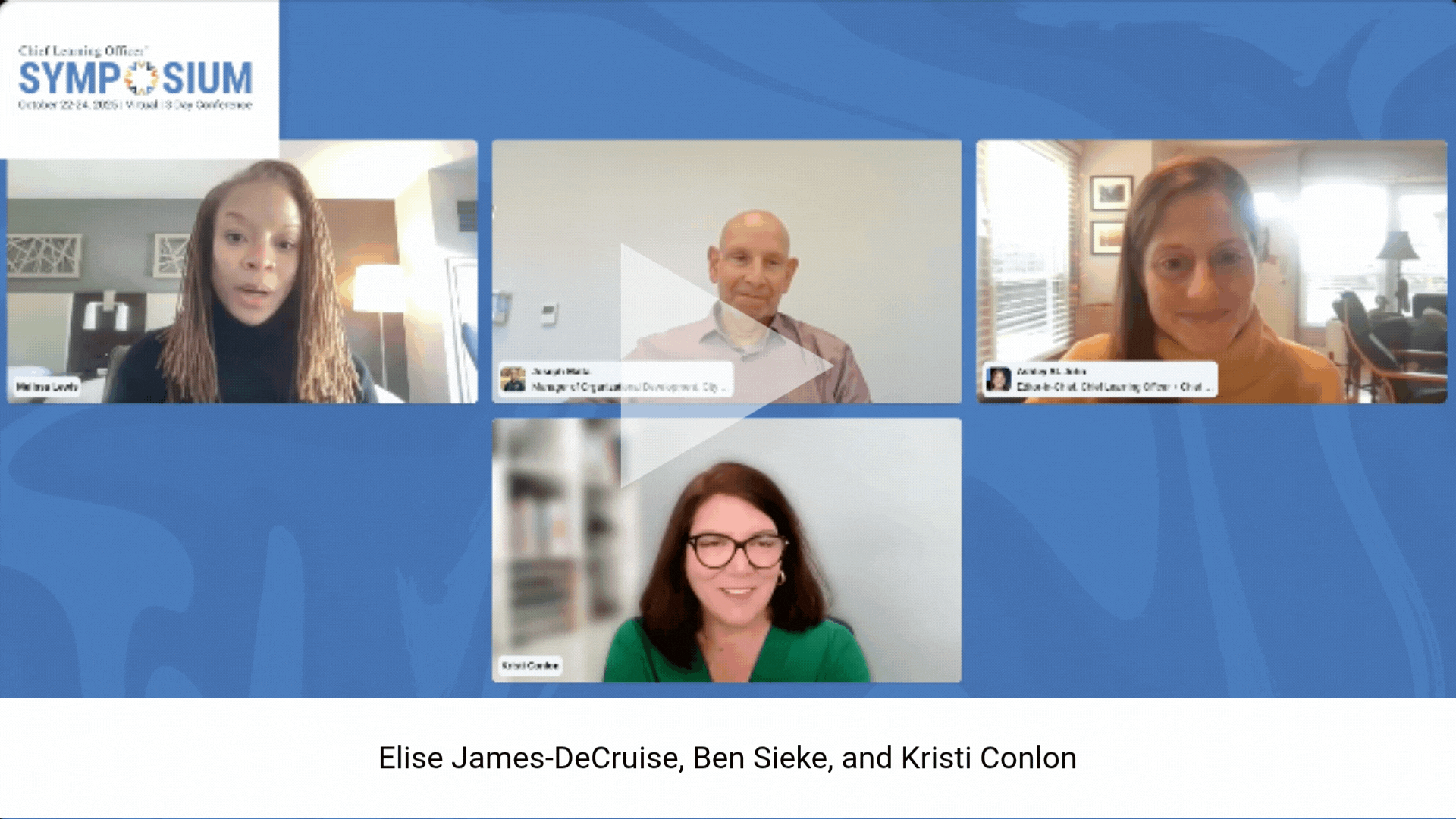Business programs are booming at colleges.
In May, the U.S. Education Department reported that for the first time since its creation 114 years ago, the MBA was the most popular post-graduate program. Meanwhile, bachelor’s degrees in business made up 20.5 percent of degrees earned, continuing its reign since the 1970s as the top field of study for undergraduates.
But as these newly minted hires join the workplace, there are gaps between the skills they’ve cultivated and what their employers expect.
According to a 2013 study by EdAssist, a tuition assistance management service provider, 93 percent of managers believe learning, thinking, communication and problem-solving skills should be taught in higher education, while 75 percent of their employees believe the same thing.
Employers “know what’s needed out of their workforce; they know what specific skills they need going forward, and they know specific areas for growth of the organization,” said Jay Titus, EdAssist’s director of academic services. “The employees are looking at the here and now, what they need for current jobs and what they need to do to progress.”
Higher education isn’t delivering on either requirement.
Wanted: Better Business Skills
According to professionals and academics, business schools excel at teaching theory and basic principles related to leadership and problem-solving, but the foundational ideas aren’t enough. Writing and communication skills, technical know-how, understanding organizational structure, critical thinking and social intelligence are most noticeably absent.
That’s not to say business school graduates come to companies without any assessable abilities. Some leaders say the gap isn’t as large as it is made out to be.
“There are generational gaps that tend to exaggerate what we think skills gaps are,” said Michael Arena, chief talent officer at General Motors Co. “I’m frankly very optimistic on what the new generation is bringing to the world and businesses.”
Some of those Gen Y talents include a more entrepreneurial and creative spirit, the ability to collaborate and the desire to be part of a greater purpose than a paycheck, Arena said. But there are still universal skills that are missing, including social intelligence, writing mechanics and an understanding of how to work within the hierarchy of a traditional organization.
Martha Soehren, Comcast Corp.’s senior vice president and chief talent development officer, said another issue she sees in newly graduated hires is an inability to connect with what they’re doing and understanding how it fits in with the way the rest of the company functions. “We spend a lot of time with employees trying to help them connect the dots. Teaching better strategic and conceptual skills would help grads relate to why and what they’re doing, why that’s important to the overall business.”
For Arena, there’s a higher demand for people who can apply innovation to create new business models, complete tasks and understand social dynamics in a way that flows with the rapidly changing business world. He said business schools aren’t considering this adaptive social view nearly enough.
Adjusting the Approach
Arena said higher education’s content isn’t far off from what’s needed, but instilling that information is going to take more than lectures, papers and tests — the fallback teaching and evaluation techniques practiced by many higher education institutions.
“Knowledge is a commodity these days, and with MOOCs [massive open online courses] and anything you can find on YouTube, students can be lectured anywhere virtually,” he said. “My concern is we’re not teaching social dynamics and critical thinking skills from a critical standpoint, and that’s in the approach more than the content.”
Instead, experiential learning and opportunities to practice skills in the real world and in the classroom are paramount to give business students the education they need.
“You don’t become a world-class athlete in a sport by thinking about how to do it,” said Robert Reid, executive vice president and chief accreditation officer for the Association to Advance Collegiate Schools of Business, or AACSB. “You go out and practice it, and over time you get much better at it.”
At Pace University’s Lubin School of Business, Dean Neil Braun seeks to meet the need for experience by requiring each graduate to complete an internship and hold a campus leadership role, run a student business, complete a second internship or participate in some other hands-on application of skills before he or she can receive a diploma.
Meanwhile, Soehren, who used to teach at the college level, said practical application can happen right in the classroom. “I may have given knowledge tests in two or three classes I taught,” she said. “What I did instead was I gave practical exercises through group activities or role play that required them to demonstrate they could do what I taught them.”
Closing the Gap Through Conversation
Getting more business schools to incorporate these teaching methods means starting a dialogue between them and the organizations that will eventually hire their students. EdAssist’s Titus said colleges often design curriculum without consulting companies about what workers need to be the best assets. “That’s where there could be significant change, if the higher-ed institution making these decisions on the types of programs they’re going to offer engages corporate America in that decision before the program is built.”
To Soehren, bringing in facilitators who “teach by night what they do by day” is an effective way of making the business-to-business school connection. Practicing professors not only bring in anecdotal experience but also have the ability to relate what students are learning to what they see in their organizations.
The AACSB facilitates engagement, focusing on educational institutions rather than individual students. Reid is responsible for the Business Practice Council, a group that brings together business professionals, including Arena, and academic leaders, such as Braun and Kenneth Freeman, dean of the Boston University School of Management.
By pairing the two sides, Freeman wrote in an email, a dialogue can start between schools and organizations that will make sure students are prepared for the workforce — and companies get the kind of employees they need. “To meet these needs, business education must provide problem-focused and experientially based learning, offer new approaches for engaging with content, emphasize communication and teaming skills, build cultural awareness and sensitivity, and inspire students to develop their own approach to arriving at informed judgments when faced with difficult decisions,” he wrote.
Big-Picture Benefits
If these provisions are made, professionals speculate several issues could be fixed. New hires will be more self-assured in their skills, and those skills will be exactly what companies want.
“Very seldom do you get someone right out of school who has real confidence in what he or she is doing on the job until maybe a year or more downstream because they have to learn the business, have to learn a new role and work on those gaps,” Soehren said.
If those gaps are filled before they start working, onboarding will be quicker, and companies will spend less time and money developing skills new hires should have established in college.
Pace University’s Braun said some financial firms want to hire “intellectual athletes” regardless of what they’ve studied because they can offer extensive learning programs, but that’s a small minority of companies. Most organizations don’t have the time or resources to offer that much training. “There’s an increase in demand because of the changing marketplace to have graduates who actually can do things in their first year as opposed to being on a steep learning curve. The vast majority are looking for people who can add value as fast as possible.”
Closing the business school skills gap doesn’t only affect short-term goals. In the long run, retention rates for new employees could increase if students have a firmer grasp on organizational structure. With business education falling behind on teaching how to work and communicate within a company’s hierarchy, students aren’t prepared for challenges related to driving change or navigating the social waters in a large organization.
“They think a great theory should just simply be implemented, and objective reasoning is enough to convince people that that’s what should happen,” Arena said. “Organizations are far more complex than that.”
Bearing the Burden
Learning leaders shouldn’t see closing these gaps as a blow to their job security. Soehren said the responsibility for teaching what’s necessary can’t be placed entirely on colleges — companies still have a lot of work to do to get students ready. “When we hire these people, we have to be willing to go extra steps to make them successful. We have to invest in them, and we have to recognize where they need help.”
Much of this is because no two organizations are alike. Arena said because every company has its own subtleties, it’s hard to create a single educational model to prepare students for every possible position.
But regardless of organizational details, if a student has the passion, and a business has a challenge that needs to be met, “the unification of those two things coming together could be completely game-changing,” Arena said. “As business leaders and business schools figure out how to partner differently, we’ll lift the bar from an educational standpoint.”
Check out the sidebar to this article, "Connecting Business and Academics at the State Level."















